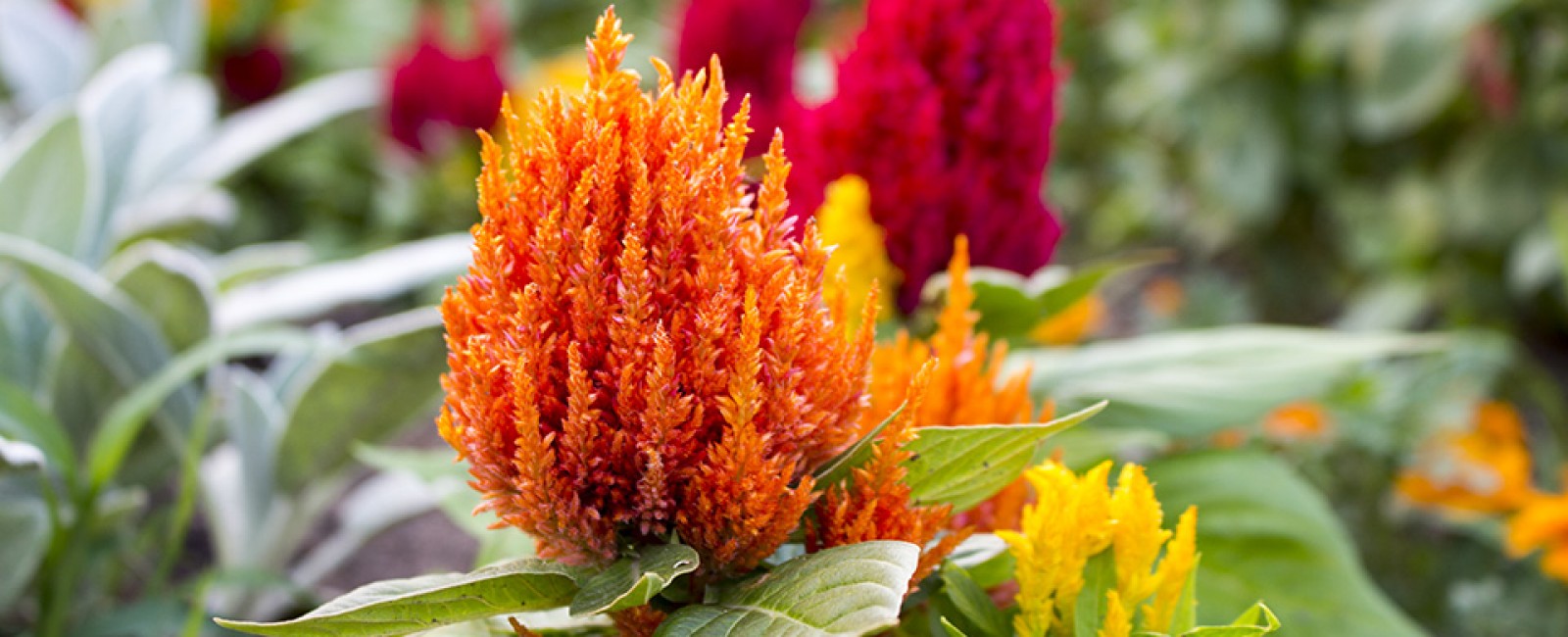Roses have played a “perfumy” part in Middle Eastern and European cuisine and medicine for centuries. They originated in Persia, where an extensive rose-water trade began as long ago as the 8th century. Roses, especially red roses, gained importance among the other herbs of the apothecary’s garden. They were cultivated as an ingredient in syrups and conserves for the relief of many illnesses. The rose is exceptional, the all-time favorite flower.
Fragrant roses worthy of your herb garden include:Rosa Gallica officinalis, the apothecary’s rose, an achingly sweet, light crimson, semidouble flower dusted with golden stamens. Shrub form 3 to 4 feet high with similar spread. R. centifolia, the cabbage or Provence rose, a predominantly pink bloomer with numerous petals composing each blossom — like a cabbage. It usually reaches 4 to 6 feet high. R. damascena, usually a rich pink but occasionally a white-flowering species. Traditionally considered the rose for making attar, the fragrant rose oil. Attractive, often with sprawling growth, it grows 3 to 8 feet high, depending on variety. R. X alba, produces sweet-scented, white or blush pink flowers supported by beautiful, gray-blue leaves. Ideally suited for border plantings in small gardens. R. rugosa, which means rough or wrinkled leaves, in an attractive plant with thick, leathery, deeply veined leaves. Thick, prickly stems support pretty, large-petaled flowers that produce a clovelike fragrance. Naturally salt tolerant and cold hardy. Most plants grow 6 to 8 feet high. R. eglanteria, sweetbrier rose, a strong apple-scented leaf shrub. This literary favorite from Chaucer to Shakespeare is hardy and fragrant, even when not in full bloom. Large, (10 to 12 feet) rambling and thorny, it bears pink flowers with five petals. R. chinensis, ‘Old Blush’ also known as ‘Parson’s Pink China’ is a popular China rose. Plants are long-lived and produces profuse, fragrant, double pink flowers. Planting & Care.Roses have a long list of cultural requirements. The basics include a minimum of six hours of sun daily. Afternoon shade rather than morning shade is preferred. Fertile, friable soil having good drainage, occasional insect and disease control, mulch and good air circulation aid healthy growth. If the summer is dry, provide regular, deep water. If winters are cold, plants need protection. Color and bloom time of these perennial shrubs vary according to variety. They range from 1-foot miniatures to climbers that reach up 20 feet. The diversity of their perfume ranges from no aroma to overwhelming. Older rose varieties usually have more fragrance than newer hybrids and the best cold tolerance. Harvesting and Use.Step back in time and use your rose petals to perfume your life and flavor your food. First, smell and taste each type of rose before using. Some are bland and others are bitter. Strongly scented ones usually taste like their fragrance. In general, more fragrance usually equals more flavor. Before preparing flowers for kitchen use, be certain they have not been sprayed with chemicals. Hothouse roses have likely been sprayed and aren’t suitable for culinary use. Rinse organically grown blossoms in a bath of one tablespoon of vinegar to one cup of cold water to remove most insects. Shake flowers well. Grasp the open flower in one hand so that the stem is pointing upward. With a sharp pair of scissors, snip right below the stem. The petals will fall freely so you can inspect them for brown wilt and stray bugs. Trim off the white part at the base of each petal; it is bitter. Rose petals can be added to jelly, butter, vinegar, syrup, tea cakes and desserts. They are ideal for crystallizing, are good macerated with wine and fruit, and make excellent garnishes for desserts and salads. To prepare roses for crafts, pick flowers just as the blooms begin to open, but before they reach their full glory. Strip off thorns from the base of stems but do not remove leaves; these make a nice dark green filler. Keep bunches small to protect petals, and hang up to dry as soon as possible in warm air away from direct sunlight. Once dry, they will be brittle and easily damaged, so handle carefully and add roses last to projects or displays. Rose petals or rosebuds are classic ingredients in potpourri too. Medicinally and cosmetically, rose oil is appreciated for its feminine, sensual fragrance. Include this antidepressant in your massage, personal skin care, bath and vaporizer to treat sadness or long-term stress. Rose oil is often included in skin creams for its mild, antibacterial, astringent treatment of sensitive skin. |
Herbal Body, Bath & Beauty – Culinary – Gifts & Art


